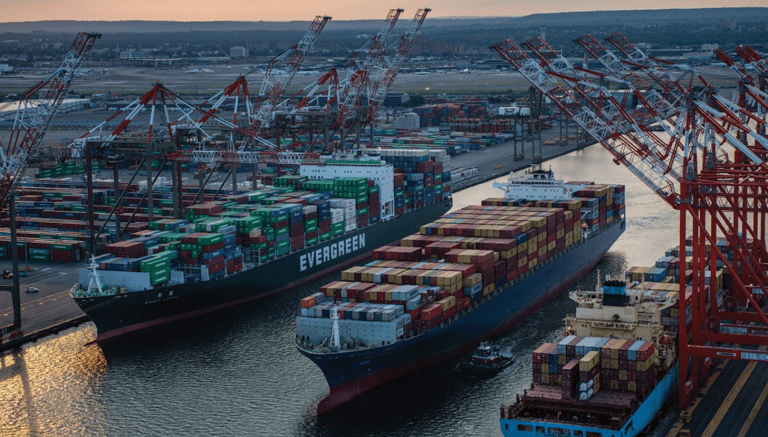
USEC strike could disrupt global shipping: One day of stoppage may need five days to clear
6 months ago
USEC strike could disrupt global shipping: One day of stoppage may need five days to clear

The looming strike at all United States East Coast and Gulf ports is expected to cause significant disruption to the global supply chain, posing a serious challenge for shipping stakeholders worldwide.
With operations at 36 key US ports responsible for 40-50% of the nation’s imports and exports facing a potential shutdown on October 1, the global shipping industry is on high alert.
“If the strike proceeds, it could have a devastating impact on shippers of goods bound for the US,” says Han Deng, transportation partner at law firm Reed Smith. “We anticipate not only a spike in freight costs but also serious challenges for retailers trying to meet demand for the US holiday season.”
In 2023, a one-day closure of US West Coast ports resulted in delays that lasted three weeks, with dwell times rising by as much as 148%, according to supply chain platform Project44. Experts warn the East Coast strike could be more prolonged, potentially lasting several weeks. Project44 estimates that for every week of port closures, it could take 4-6 weeks to recover. Similarly, Danish analytics firm Sea Intelligence projects that even a one-day strike by the International Longshoremen’s Association (ILA) would require five days to clear the backlog.
"The effects of such a strike could persist long after it ends, with recovery possibly stretching into weeks or even months, especially in an already strained global economy facing high inflation and geopolitical uncertainty," adds Deng.
With peak shipping season already underway, Project44 analysts caution that it's too late to reroute cargo to the West Coast, putting holiday inventory and pricing at risk.
Deng also noted that the Port of New York and New Jersey would be particularly hard-hit. According to the nonprofit research group Mitre, a strike could cost the major US port an estimated $640 million per day in lost revenue.
“The Port Authority of New York and New Jersey is scrambling to ramp up operations ahead of the deadline,” Deng explains. “They are urging shippers to move as much cargo as possible and coordinating efforts with supply chain partners.”
Annually, approximately $240 billion worth of goods flow through the port, according to port authority figures.
Reflecting on past disruptions, Deng commented, “We've seen the damaging effects of port backlogs, supply chain disruptions, and delays in shipping schedules in recent events like the Covid-19 pandemic and the March 2024 Baltimore Bridge collapse. A similar scenario could unfold if the strike proceeds.”
While direct comparisons are difficult, it’s worth noting that the last ILA strike on the US East Coast in 1977 brought port operations to a halt for 44 days.
Source: Container News